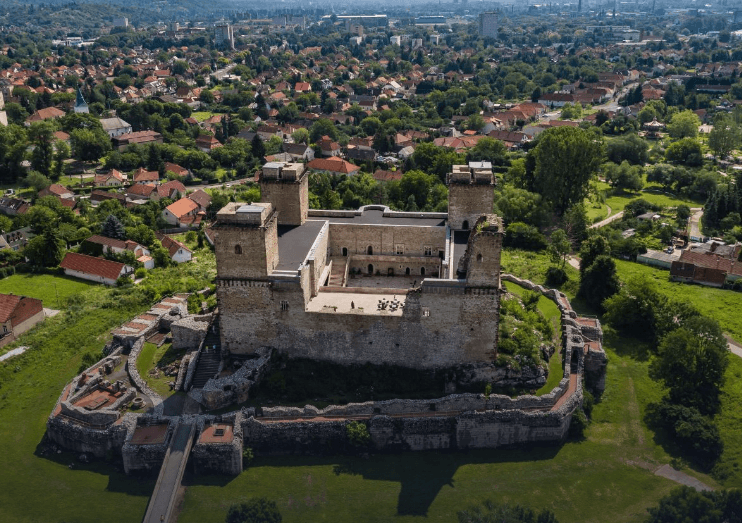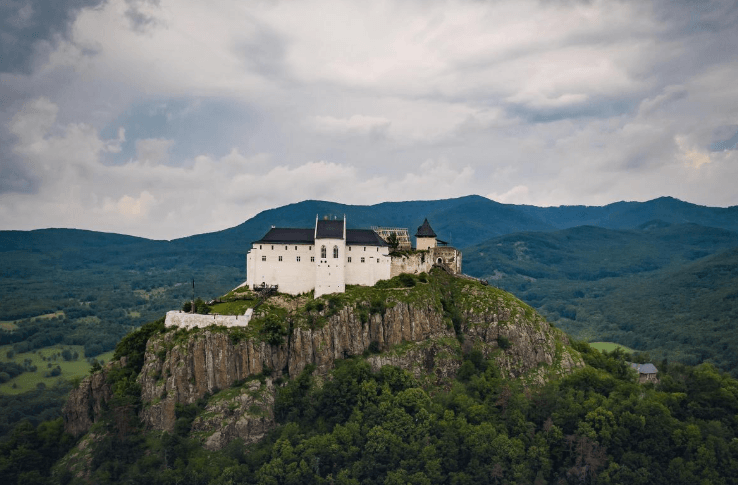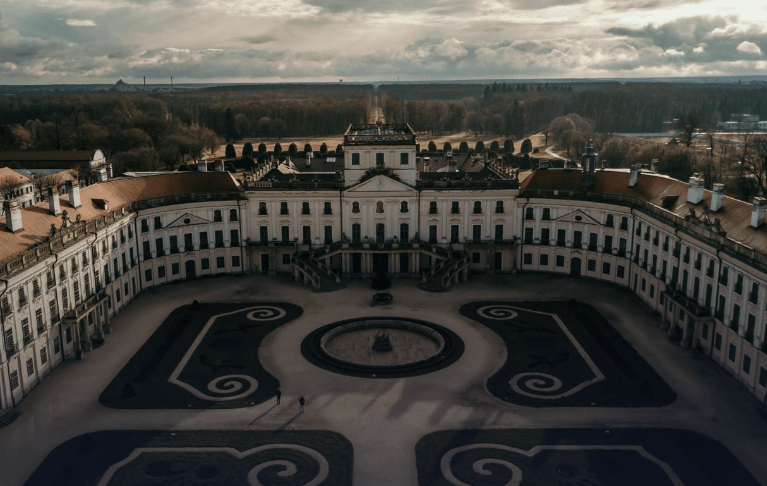Diósgyőr Castle
Located in Hungary, Diósgyőri Vár, also known as the 'Queen's Castle,' was used as a holiday home for the wives of various kings as a dowry gift over the past hundred years. Today, after undergoing restoration, the castle has reopened, showcasing its history and culture. It features many ancient furniture pieces, dressed-up mannequins, and historical games, making visitors feel as if they have traveled back in time. There are also knight performances, archery, and a series of other activities awaiting visitors. This castle was once one of the largest knight halls in Central Europe, built during the reign of Louis I (Nagy Lajos).
La Hulière-Coburg Palace
La Hulière-Coburg Palace is located on the Bodva River Island in Hungary. It is one of the largest palaces in Hungary and an outstanding example of early Baroque architecture. The palace is known for its exquisite and unique frescoes. Guided tours allow visitors to explore this mythical building and its surrounding park, with guides dressed in ancient costumes. The 12-hectare garden includes a willow garden for children of all ages to play. The palace was started by Jean-François La Hulière in 1716, and later, the itinerant painter Lib Ferenc painted special works for six rooms, making it one of the largest Rococo-style continuous fresco series in Hungary. Visitors can also learn more about the lives of the palace owners and builders through 3D story films. Additionally, the palace hosts museum educational activities suitable for children.
Füzér Castle
Located at the easternmost part of the Zemplén Mountains (Zempléni-hegység), one of Hungary's seven natural wonders, Füzér Castle (Füzéri vár) was built by the Aba clan (Aba nemzetség) in the Middle Ages. As one of the few privately-owned castles in Hungary, it likely existed before the Tatar invasion. Between 2014 and 2016, the castle underwent significant renovations, including the construction of a 'Lower Castle' (Alsó Vár) and the refurbishment of the chapel, palace, and lower fortress within the 'Upper Castle' (Felső Vár). Known for its historical significance and stunning views, it has become a popular attraction on Hungary's Blue Hiking Trail (Országos Kéktúra). Guided tours take visitors through this mythical structure and its surrounding park, offering insights into the castle's history and medieval daily life. Additionally, the castle is considered one of the most beautiful in Hungary.
Buda Castle
Buda Castle Hill has been an important landmark in Hungarian history since ancient times. After the Mongol invasion in the 13th century, the Hungarian king built the first fortress on Buda Hill. Later, the kings of the Anjou dynasty transformed this fortress into a luxurious Gothic palace, making it the permanent residence of the royal family and turning Buda into the quasi-capital of medieval Hungary. In the 15th century, King Matthias I renovated the palace, constructing the first Italian Renaissance-style royal palace in Europe, ushering Buda Castle into its golden age. The Bibliotheca Corvina, located within the palace, was King Matthias' library. The architectural inspiration likely came from the simultaneous reconstruction of the Palazzo Vecchio in Florence, Italy, in the 15th century. It is one of the most famous libraries in Europe, gathering some of the most outstanding scientists and artists, and serving as a thriving center of knowledge.
Festetics Palace
This neoclassical building, constructed between 1802 and 1815, is located in the southeastern part of Lake Balaton and is one of the earliest neoclassical buildings in Hungary. The English-style park of this palace is one of the largest and most beautiful English parks in Hungary, requiring several hours to fully explore. The park is situated on the central island of a group of lakes, with the famous Dutch red brick house (vörös téglás Hollandi-ház) being a major attraction. In the beautiful palace park, people can play tennis with a wide view, and some nostalgic fans will immerse themselves in a special experience. This single-story, U-shaped palace with a basement is also a popular filming location. It has now been rebuilt into a community cultural center, hosting many interactive exhibitions.
Esterházy Palace
Esterházy Palace is one of the most beautiful Baroque buildings in Hungary, known as the 'Versailles of Hungary.' The palace complex has 126 rooms and covers an area of 300 hectares. It is one of the most popular attractions in the northwest region of Hungary, drawing numerous visitors to admire it.















